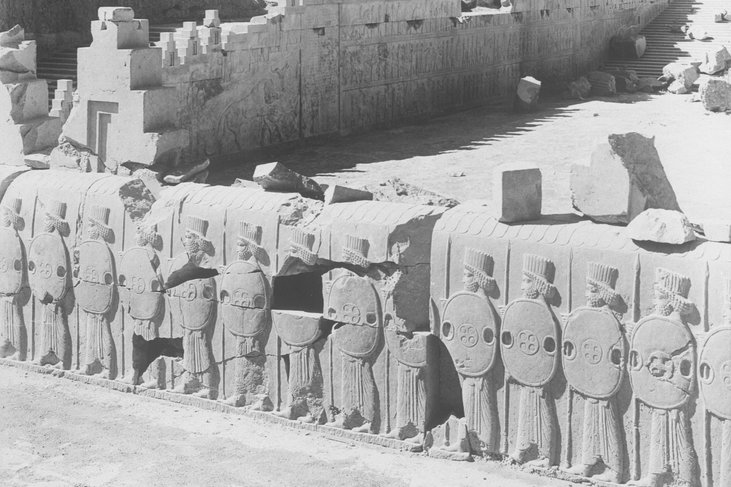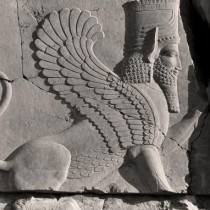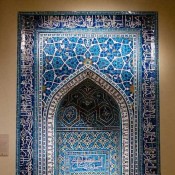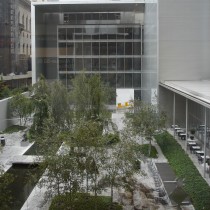An ancient limestone relief will be returned to Iran, after a New York Supreme Court ordered so a week ago. It was seized at a Manhattan art fair last year.
The Persian bas-relief depicting a Persian guard dates to the Achaemenid dynasty — or the First Persian Empire. It was made sometime between 510 and 330 B.C., when Persepolis was sacked by Alexander the Great.
According to Iran authorities, the artefact was stolen more than 80 years ago from Iran. In fact, the item, valued at $1.2 million, was reported stolen from Persepolis in 1936, and then was stolen a second time, in 2011, from the Montreal Museum of Fine Arts, to which it had been donated decades earlier.
The two London-based owners of the relief, Rupert Wace, a well-known dealer in antiquities in London, and his partner, Sam Fogg, have said they acquired the work legally from the Montreal museum’s insurance company. But after investigators proved to them that the item had been stolen, the men agreed to surrender it.
“This work of art has been well known to scholars and has a history that spans almost 70 years,” Mr. Wace said in an email, and added that he and Mr. Fogg were “simply flabbergasted at what has occurred.”
The artefact is an eight-inch-square piece of carved limestone. It belonged to a long line of soldiers depicted on a balustrade at the central building on the Persepolis site.






